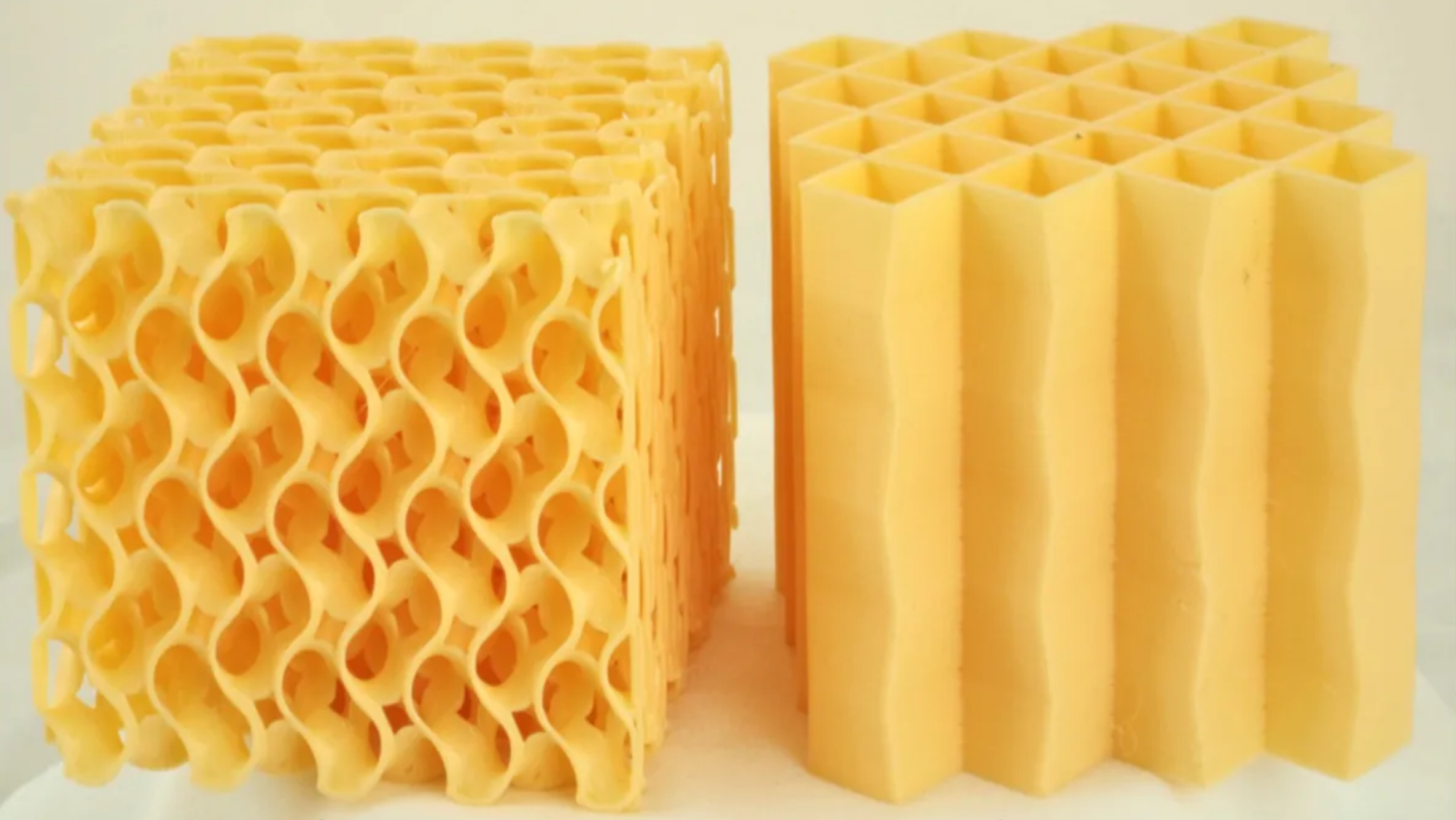Introduction to Carbon Sequestration
Carbon sequestration, the process of capturing and storing atmospheric carbon dioxide, is essential for mitigating climate change. While forests naturally act as carbon sinks, scientists are continually exploring ways to enhance their carbon storage capacity.
Groundbreaking Discovery in Wood Structure
In a groundbreaking discovery, researchers from Jagiellonian University and the University of Cambridge have identified a new type of wood that could revolutionize carbon capture efforts. During an evolutionary survey of the microscopic structure of wood from some of the world’s most iconic trees and shrubs, the researchers identified a completely new type of wood.
Unique Characteristics of Tulip Trees
The study found that Tulip Trees, which are related to magnolias and can grow over 100 feet tall, have a unique wood structure. This previously unknown wood, found within Tulip Trees, has been named “midwood.” Unlike traditional hardwoods and softwoods, midwood has a distinct structure that allows it to capture and store carbon more efficiently.
Significance of Macrofibrils in Midwood
Further research revealed that the two surviving species of the ancient Liriodendron genus, the Tulip Tree (Liriodendron tulipifera) and the Chinese Tulip Tree (Liriodendron chinense), possess significantly larger macrofibrils compared to their hardwood relatives. Macrofibrils are long fibers arranged in layers within the secondary cell wall. The large macrofibrils suggest that the wood structure of tulip trees may be adapted to store significant amounts of carbon.
Implications for the Future
This exciting discovery could lead to innovative forestry practices and carbon sequestration technologies, bringing us closer to a sustainable future.







